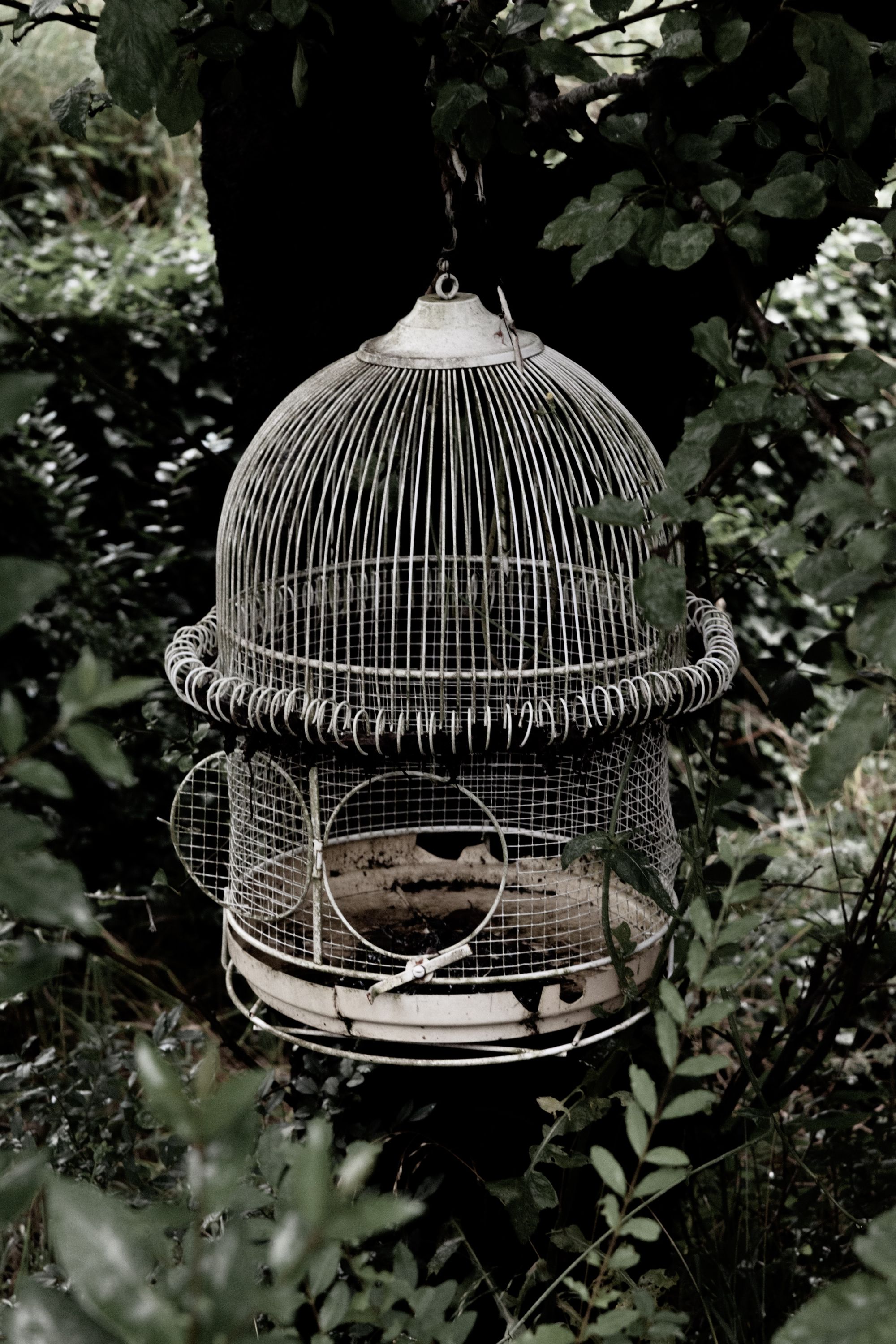Seeking Life, Hope and Renewal, These Texas Migrants Don’t Come to Stay
As with everything that breathes and moves on the planet, Migratory birds require protection from . . . us.


They fly over the Texas border for what we might call destination weddings, or “hook-ups.” Birds from Canada to southernmost South America spend three months returning north to court and nest. Texas is a major flyway, a heavily traveled route used by birds during migration. Hopefully, they find a peaceful journey, no cages, no danger.
Since childhood, birds have fascinated me. It is impossible for me to see them flying in their formations and not stop whatever I’m doing. The majesty of birds doing what comes naturally requires great study and cost for us. We’ve mimicked their flight and flight strategies, and we have analyzed their mechanism for effortlessly reaching great heights. And we do our best when we stay out of their way and share the earth with them, a challenge we don’t always master with other humans.
The spring and fall are times of movement for birds. They are either headed south for the winter or headed north for making new birds. Millions of migratory birds fly the Texas skies in routes and stopovers that receive national attention.
According to the Caesar Kleberg Wildlife Research Institute at Texas A&M University-Kingsville, the reason Texas is a major draw is that the lower Texas coast is undeveloped and has large tracts of potential stopover habitats that attract and support millions of birds during the migratory periods, making the area a major migration corridor. The Texas coast attracts birdwatchers from around the world to witness the great diversity and abundance of birds during migration.
Who Are These Winged Visitors?
The great diversity of birds ranges from the Purple Martin to the Ruby-throated Hummingbird. You can find a complete list of spring migrants on the Texas Parks and Wildlife website:

As with everything that breathes and moves on the planet, the birds require protection from . . . us.
Although they function over our heads, we have developed devices of progress and destruction that harm them. In 1918, the Migratory Bird Treaty Act was created. Its intent was to ensure the sustainability of populations of all protected migratory bird species. It prohibits the take (including killing, capturing, selling, trading, and transport) of protected migratory bird species without prior authorization by the Department of Interior U.S. Fish and Wildlife Service.
The Texas Parks and Wildlife Code includes several state laws created to protect threatened species and environments that impact their well-being.
Ironically, the Texas Border Wall is Not Good for Them Either
The Texas Audubon society is clear and direct in its mission to protect birds and the places they need today and tomorrow. They use science, advocacy, education, and on-the-ground conservation.
They state, “A Border Wall on the Texas - Mexico Border is Bad for Birds and the Communities that Care About Them . . . As the voice of birds and as a community-builder for 113 years, Audubon opposes the construction of structures along the border that would:
• destroy or fragment important bird habitat, including iconic National Wildlife Refuges (like Santa Ana NWR in Texas), National Parks, National Forests, other public lands, or protected wetlands;
• block migration corridors for 89 endangered species and 108 species of migratory birds.
• create or worsen environmental risks like flooding that would threaten birds and people.
• result in waiving or weakening bedrock environmental protections, including the Migratory Bird Treaty Act, the Endangered Species Act, the Clean Water Act, or the National Environmental Policy Act.
• diminish outdoor recreation or ecotourism opportunities.
• sever connections between communities and natural resources; or
• harm the communities, landowners, tribes, or organizations with whom we partner and among whom we serve.
Millions of Americans from all walks of life love birds and understand the connections between birds and people. The community of bird-lovers is a big tent, and Audubon is committed to growing that community even further. We welcome everyone who finds delight in birds and nature. Audubon believes that conservation doesn’t have a party and that bird issues bring us together. At a time when America needs more common ground, we are proud of our bipartisan/big-tent tradition, and we’re committed to welcoming birders from all walks of life.”
How Do We Enjoy Them, but Do No Harm?
As a member of People for the Ethical Treatment of Animals, (PETA), I went to their website for guidance. PETA recommends building nesting spots and growing wild plants if you’d like to turn a section of your yard into a sanctuary for wild birds. If you make your space more attractive to birds, remember to also make it safe. Keep cats indoors, avoid toxic pesticides, place stickers or screens on windows and glass doors to prevent collisions, and cover vents.
Your visitors will need to eat, and their favorite meals are supplied by nature; wild grass, dandelions, sunflowers, and wild plants produce their food source of seeds. Trees and plants that grow berries are also desirable. And exercise caution with bird feeders which can be breeding grounds for bacteria if not cleaned regularly.
If nesting boxes and shelters in your yard are too close for comfort, you can find many wetland nesting areas, wildlife sanctuaries, and arboretums to watch them in their natural habitats.
Respect . . .. Just a Little Bit
There is a spiritual high that comes from standing in honor and awe of all life. Next to a tree you can almost feel it breathing. Swimming or boating in the ocean, you can sense its power. As a voyeur catching other mammals in the act of feeding and playing with their young, you can see a distant kinship. And notice the way plants point toward the sun no matter which direction you move them.
Imagine what the world would be like if we didn’t see territory as a reason to separate ourselves from others. If like the birds, migrants were respected until they achieved their goals and renewed their lives. Is it too much to ask for all life on the planet to co-exist, free from danger and oppression?
If only with humans…
